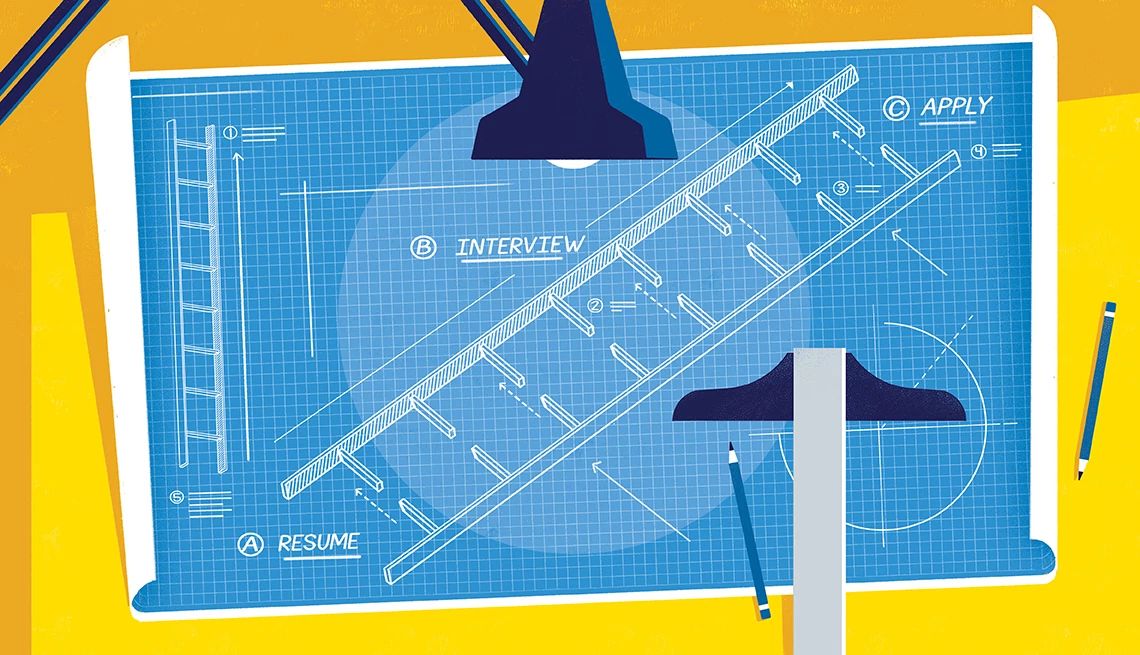AARP Hearing Center
Military museums honor and teach. They celebrate the soldiers who have defended our country and help us understand the challenges they faced.
The following six museums offer a glimpse into significant battles through important artifacts and often use innovative interactive exhibits to tell their story.
This Memorial Day — and throughout the year — plan a visit to these awe-inspiring institutions to marvel at supersonic jets, follow the path of a soldier into battle and even visit a once-secret missile silo.


National Museum of the United States Army, Fort Belvoir, Virginia
From the American Revolution to the liberation of Afghanistan, this museum tells the daring and dramatic history of the nation’s oldest military force. Located near Washington D.C., the $430 million attraction wows visitors with immersive exhibits and more than 1,300 artifacts, including a “Huey” helicopter from the Cold War and the M4 “Cobra King” tank used in the Battle of the Bulge.
Elaborate dioramas put museum guests in the middle of battle. One section shows World War II soldiers climbing down a troop ship cargo net. Another area is devoted to more recent history, including operations in Afghanistan and Iraq. Separate areas salute Medal of Honor winners and other notable soldiers. The museum also offers science-based interactive exhibits for kids and battlefield simulators for thrill seekers, offering a glimpse at urban warfare or a chance to join a bombing run with the Tuskegee Airmen. General admission is free; tickets must be reserved in advance.


Titan Missile Museum, Green Valley, Arizona
During the Cold War, thousands of soldiers manned underground bunkers around the country, poised to launch nuclear missiles at the Soviet Union and its allies. Today only a few of these sites are open to visitors, including a once-secret silo south of Tucson.
A 45-minute guided tour takes visitors below the Arizona desert to visit the launch control center, where from 1963 to 1982 Air Force combat crews served 24-hour shifts. A visit literally puts guests in the seat of the airmen who would have been required to turn launch keys and start what would likely have become World War III.
The museum also features a Titan II, a nuclear intercontinental ballistic missile that could fly up to 9,000 miles in 30 minutes to strike its target on the other side of the world. While it has been disabled, the 103-foot weapon remains in its silo, seemingly poised to take flight. Note: Visitors must be able to climb up and down 55 stairs to reach the bunker. Admission is $16.50 for adults, $15.50 for seniors. Reservations strongly recommended.






































































